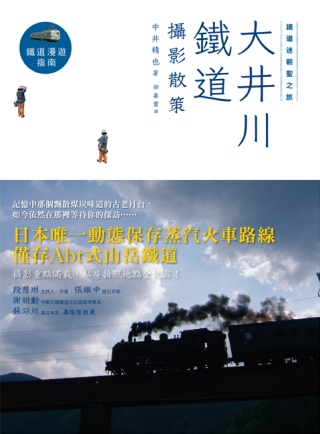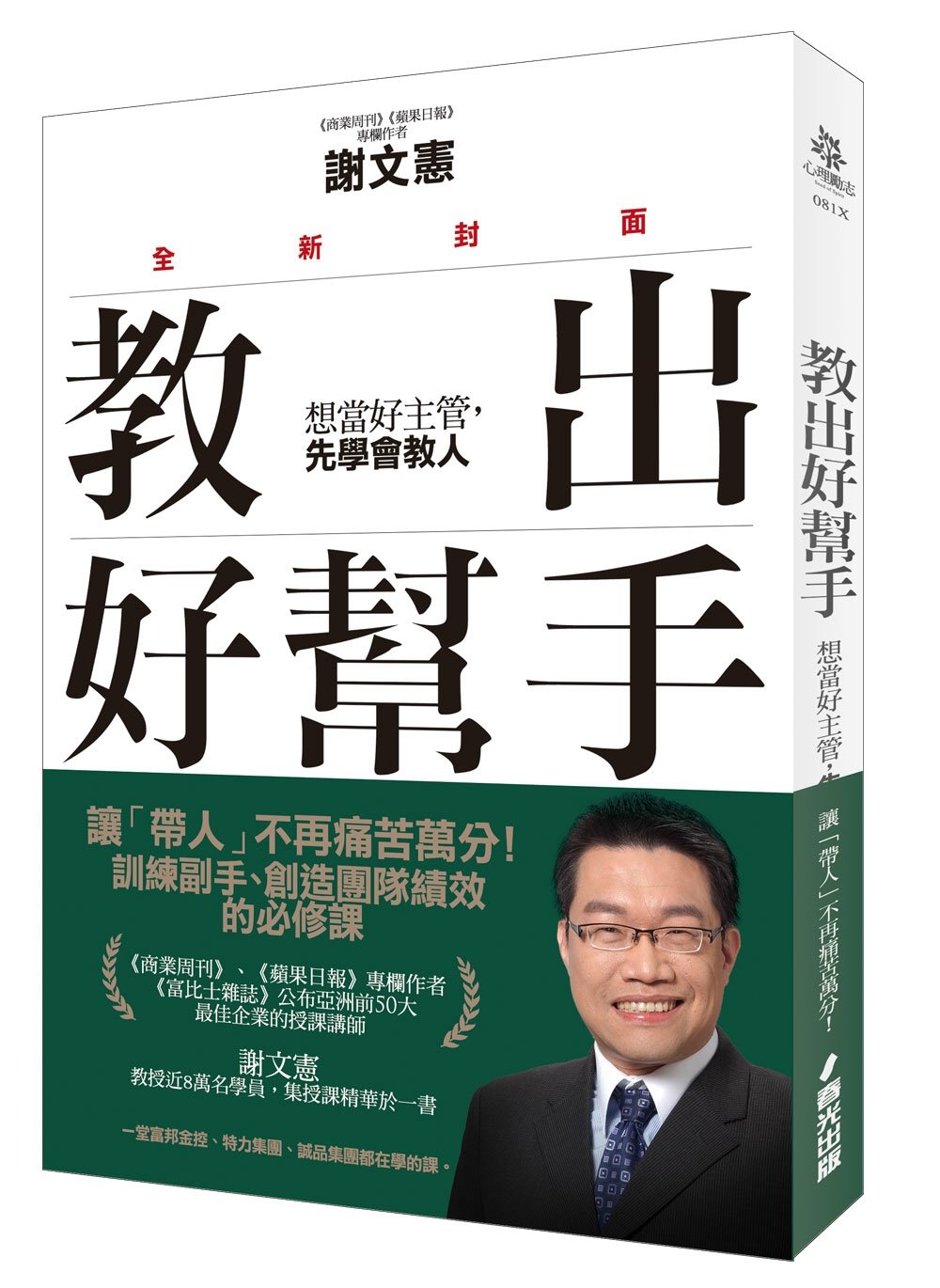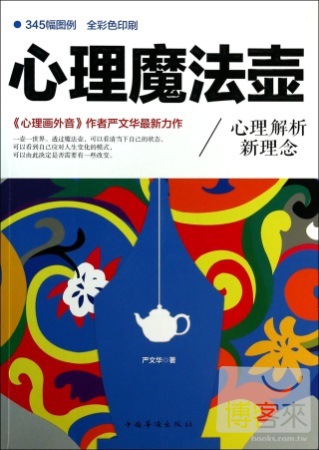









KEY FEATURES:
1.New Co-Author: Kermit L. Schoenholtz, NYU-Stern School of Business, brings his broad economic and professional expertise to the 3rd edition.
2.The Third edition has been revised extensively in light of the global financial crisis. Throughout, the authors have integrated key developments and relevant insights from the crisis. New topics introduced or discussed in much greater detail include: Crises of liquidity and deleveraging、Shadow banking、Systemic risk、Complex financial instruments、Centralized counterparties、Too big to fail、Macroprudential regulation、Paying interest on reserves、The zero bound、Unconventional monetary policy tools、Impact of the crisis on Fed independence.
3.Impact of the Crisis: The effects of the financial crisis of 2007~2009 are transforming money, banking, and financial markets. Accordingly, from beginning to end, the book integrates the issues raised by the crisis and by the related policymaker responses.
4.Lessons from the Crisis: New Lessons from the Crises sections appear throughout the book to explain concepts or issues that are both integral to the chapter and central to understanding how the financial crisis of 2007~2009 transformed the world of money, banking, and financial markets. Topics range from specific aspects of the crisis such as shadow banks, asset-backed securities, and the evolution of the money supply to broad concepts like liquidity, leverage, securitization, and systemic risk.
5.Updated Discussion of the Federal Reserve:The discussion of the Federal Reserve now highlights the use of unconventional policy tools in addressing the financial crisis (Chapter 18) and the impairment of the monetary transmission process during the crisis (Chapter 23). It also reflects the challenge to Fed independence in the aftermath of the crisis (Chapter 15).
6.Updated Coverage of Current Events
7.Updated Your Financial Worldboxes that examine personal finance issues relevant for the international student, including trading options on foreign exchanges, evaluating the risks of ITC derivatives, and using inflation-protected bonds around the world.
8.Revised Applying the Conceptboxes that describe historical events and issues relevant to the international public policy debate, such as sovereign risk, international financial intermediation, and precedents of the concept of lender of last resort.
9.Added focus on international financial instruments, such as currency options used by businesses to mitigate risk inherent in cross-border transactions.
作者簡介
Stephen Cecchetti
現職:Brandeis University & Rosenberg Institute
PART I: MONEY AND THE FINANCIAL SYSTEM
Ch 1 An Introduction to Money and the Financial System
Ch 2 Money and the Payments System
Ch 3 Financial Instruments, Financial Markets, and Financial Institutions
PART II: INTEREST RATES, FINANCIAL INSTRUMENTS, AND FINANCIAL MARKETS
Ch 4 Future Value, Present Value, and Interest Rates
Ch 5 Understanding Risk
Ch 6 Bonds, Bond Prices, and the Determination of Interest Rates
Ch 7 The Risk and Term Structure of Interest Rates
Ch 8 Stocks, Stock Markets, and Market Efficiency
Ch 9 Derivatives: Futures, Options, and Swaps
Ch 10 Foreign Exchange
PART III: FINANCIAL INSTITUTIONS
Ch 11 The Economics of Financial Intermediation
Ch 12 Depository Institutions: Banks and Bank Management
Ch 13 Financial Industry Structure
Ch 14 Regulating the Financial System
PART IV: CENTRAL BANKS, MONETARY POLICY, AND FINANCIAL STABILITY
Ch 15 Central Banks in the World Today
Ch 16 The Structure of Central Banks: The U.S. Federal Reserve & European Central Bank
Ch 17 The Central Bank Balance Sheet and the Money Supply Process
Ch 18 Monetary Policy: Using Interest Rates to Stabilize the Domestic Economy
Ch 19 Exchange Rate Policy and the Central Bank
PART V: MODERN MONETARY ECONOMICS
Ch 20 Money Growth, Money Demand, and Monetary Policy
Ch 21 Modern Monetary Policy and Aggregate Demand
Ch 22 Understanding Business Cycles
Ch 23 Monetary Policy, Output, and Inflation in the Short Run